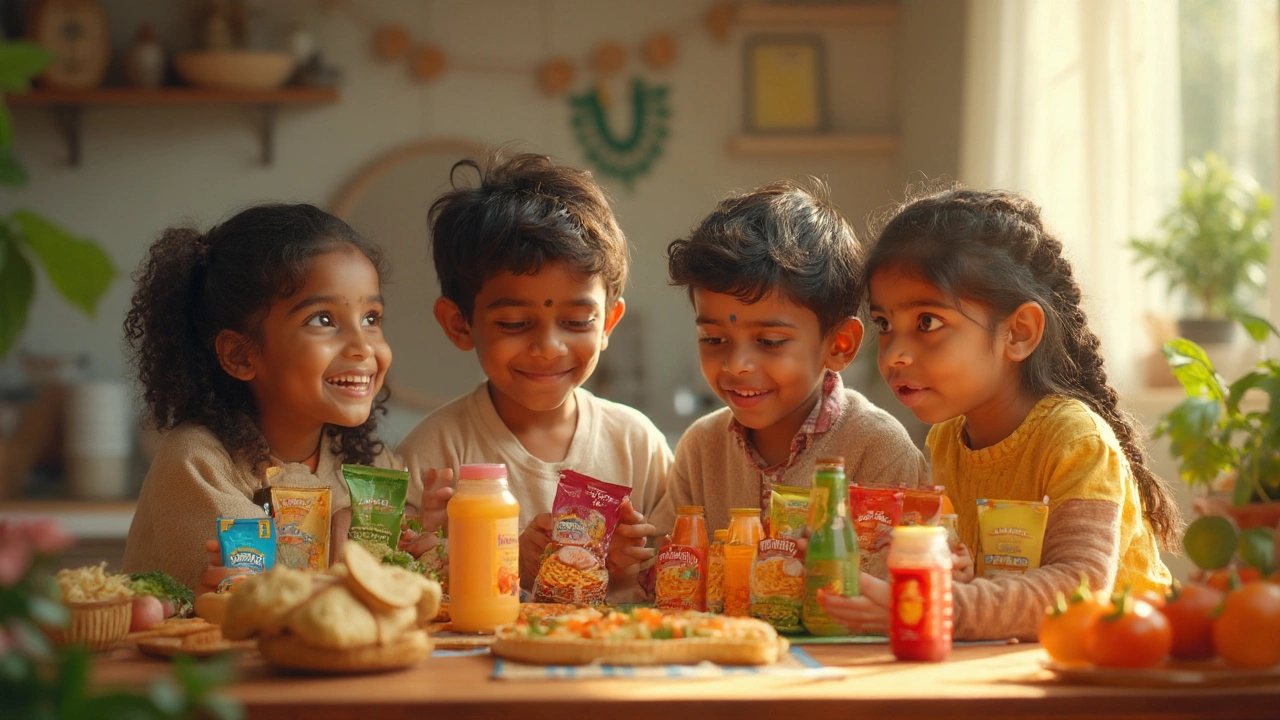- Top 10 Best-Selling Manufactured Products in the United States Jan 3, 2025
- What is the richest furniture company in the world? Nov 21, 2025
- Top Profitable Food Processing Business Ideas Nov 24, 2024
- Why Manufacturing Isn’t Growing in India (2025): Data, Root Causes, and Practical Fixes Sep 18, 2025
- Who Still Dumps Garbage in the Ocean: The Role of Plastic Manufacturers Apr 3, 2025
Ultra-Processed Foods – Simple Facts and Smart Manufacturing
Ever wondered why a snack looks so perfect and lasts so long? The secret is often ultra‑processing. It’s a term that pops up in news feeds, diet talks, and now in factories across India. In plain words, ultra‑processed foods are items that have been heavily altered with additives, flavors, sweeteners, and industrial techniques. They’re not just baked, boiled, or fried – they’re built in a lab‑like environment using many steps.
What Makes a Food Ultra-Processed?
Think of the food ladder: raw ingredients, minimally processed items, then the ultra‑processed tier. Anything that starts as a basic grain, fruit, or meat and then goes through multiple rounds of refinement—like extracting oils, adding emulsifiers, or spraying flavor crystals—lands in this category. Common examples include ready‑to‑eat meals, flavored chips, sugary cereals, and many packaged desserts. The key ingredients you’ll see listed are things most of us can’t pronounce: maltodextrin, citric acid, modified starch, and artificial colors.
Why does this matter? Because each extra step adds cost, extends shelf life, and can change the nutritional profile. Some consumers love the convenience, while others worry about health effects. The good news is that ultra‑processing doesn’t have to equal low quality. With the right technology, it can mean consistent taste, safety, and minimal waste.
Rise Corp India’s Approach to Safe Ultra-Processed Manufacturing
At Rise Corp India, we treat ultra‑processing like any other high‑tech craft. Our plants use precision mixers, automated dosing systems, and real‑time monitoring to keep every batch in check. First, we source raw materials that meet strict purity standards. Then, each ingredient is weighed by digital scales that record data for traceability.
Next, the mixing stage happens inside sealed chambers that control temperature, humidity, and oxygen levels. This prevents contamination and guarantees that flavors lock in exactly where we want them. Our in‑line spectrometry tools check for any off‑spec chemicals before the product moves forward.
Quality isn’t a one‑time check—it’s a continuous loop. Sensors track pH, viscosity, and particle size every minute. If anything drifts, the system auto‑adjusts, cutting down waste and keeping the final product consistent across millions of packages.
We also care about sustainability. Waste streams from ultra‑processed lines are captured and treated, turning water‑based effluents into reusable water for cleaning. Energy‑saving motors and heat‑recovery units lower the carbon footprint, so the convenience you get doesn’t come at the planet’s expense.
For clients, this means faster time‑to‑market, reliable labeling, and the confidence that every ingredient list matches what’s actually in the bag. Whether you’re a brand launching a new snack or a retailer expanding ready‑made meals, Rise Corp India offers a transparent, tech‑driven path from raw grain to finished snack.
In short, ultra‑processed foods are a product of many steps, but with the right manufacturing partner, those steps become a strength—not a weakness. Our robots, data‑driven controls, and strict quality checks turn complex recipes into safe, tasty, and shelf‑stable products that meet today’s consumer demands.
Ready to learn how your next ultra‑processed product can be made smarter? Reach out to Rise Corp India and see how our cutting‑edge facilities turn raw ideas into market‑ready reality.
Most Processed Foods: Surprising Facts and Their Global Impact
- Aarav Sekhar
- Aug 6, 2025
Discover which food owns the title for most processed, how it's made, and how it shapes diets worldwide. See surprising details and expert opinions.
